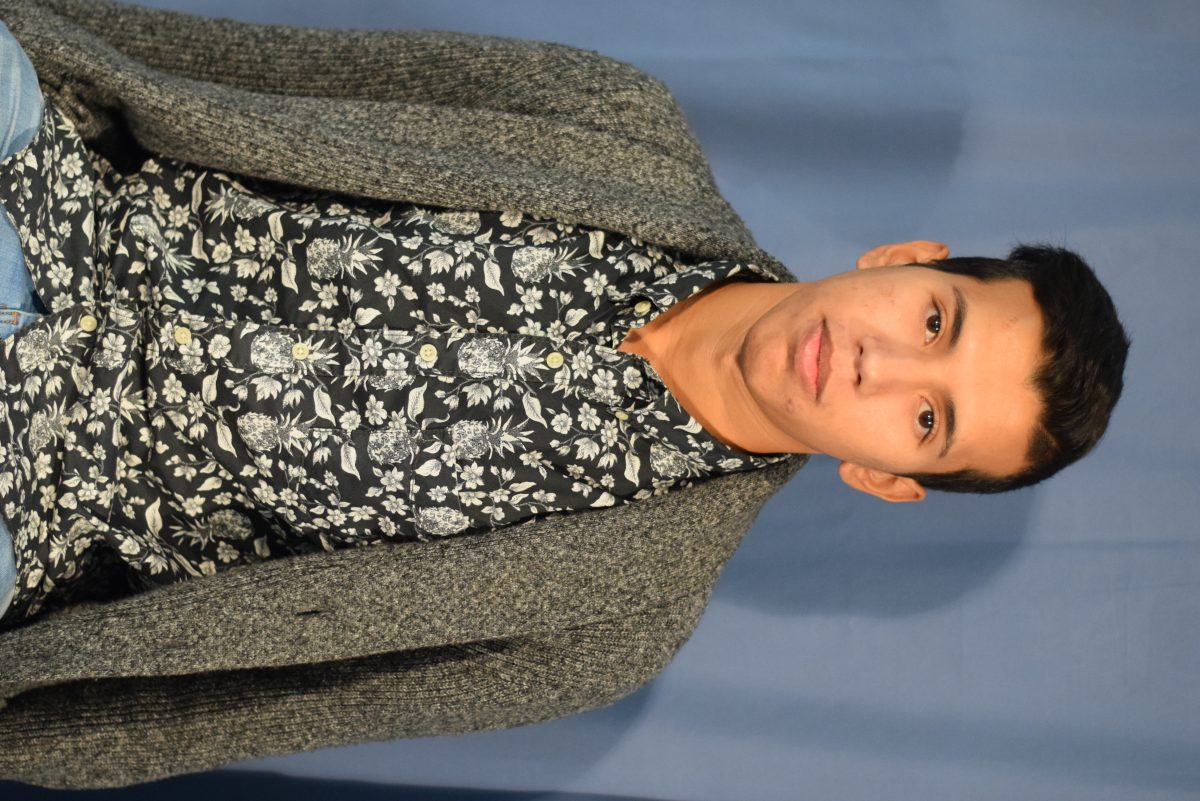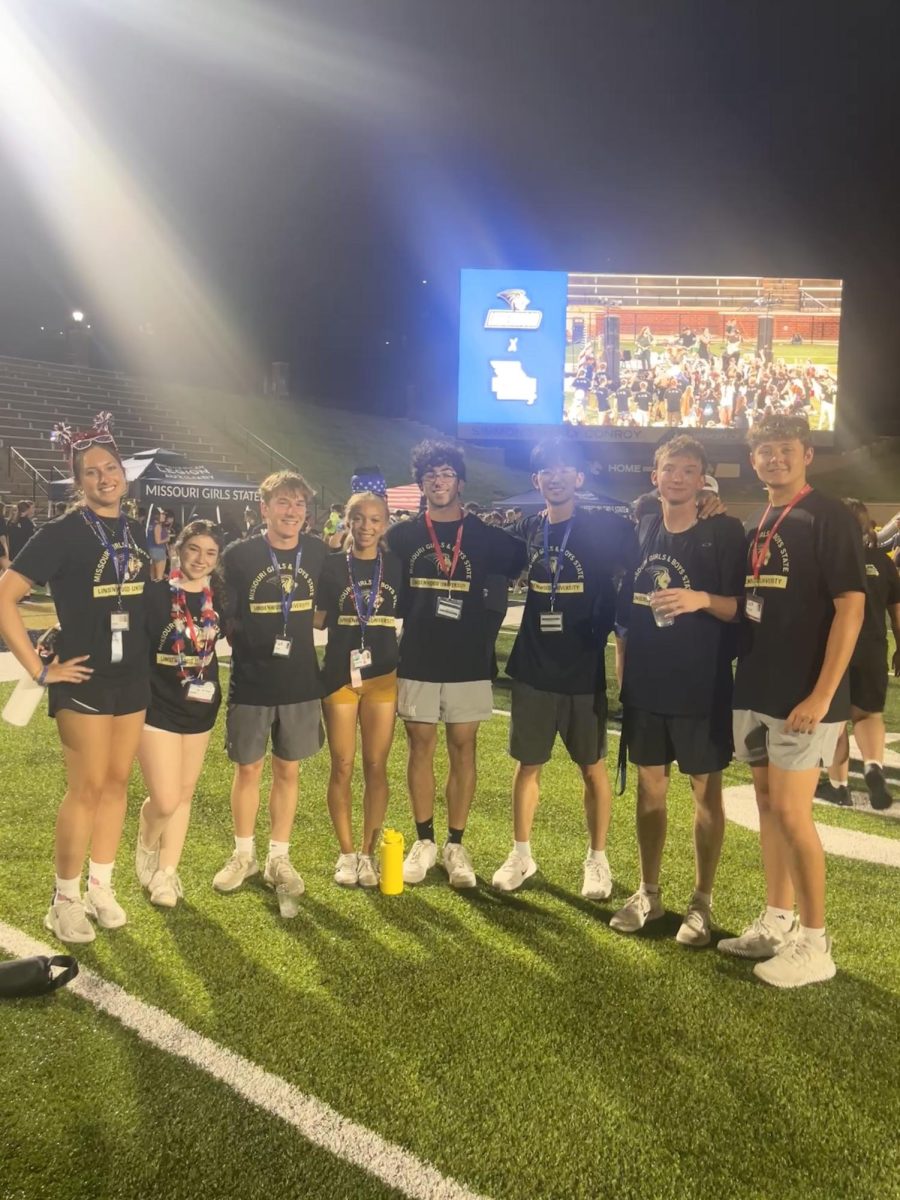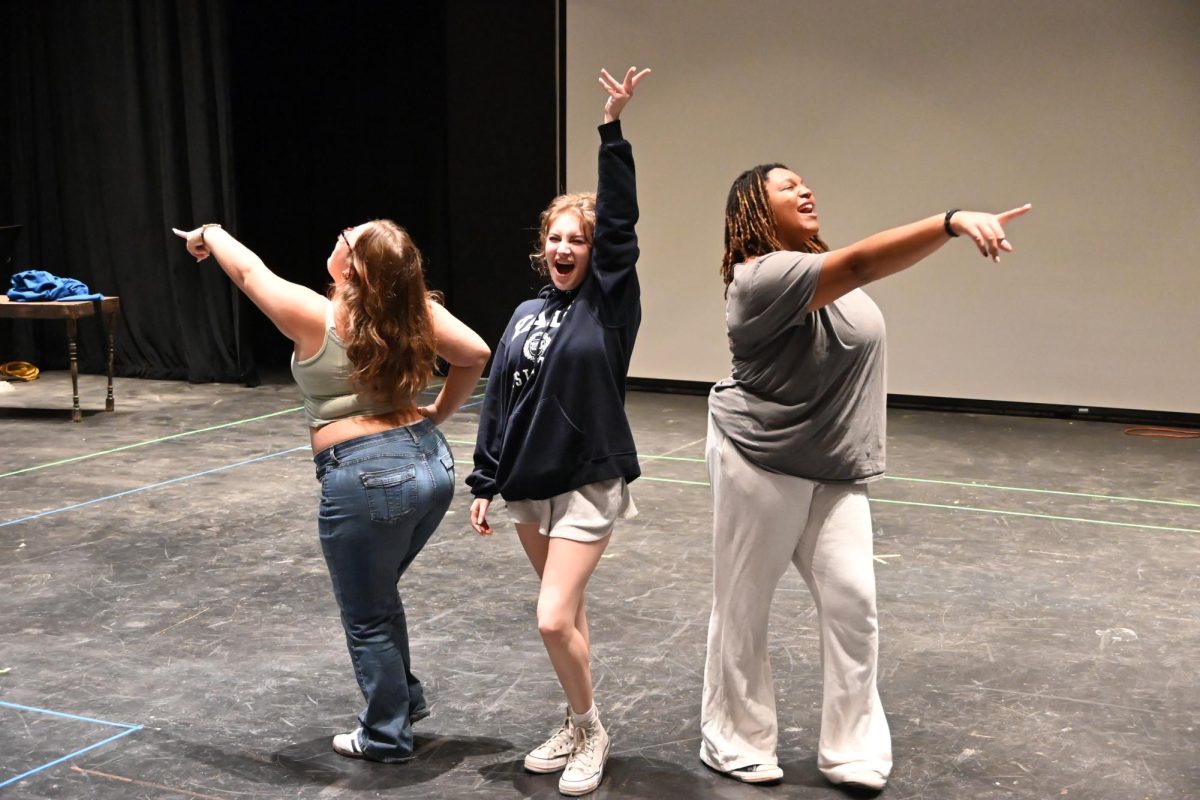Small steps. That’s all you can take as you exit the airport’s room for Customs and Border Protection. You carry only what you could
take from your home, and you think about the things that you have left behind: Pictures, books, clothes, memories and even family members are left in the country you escaped. Countless hours have been sacrificed to get you on that plane in the first place. Interview after interview, piles and piles of paperwork — all so that your background can be checked — they all lead up to this moment. Walking through the automatic doors you stop, gazing all around. People sweep past you with bundles of suitcases, talking fast in a language that you don’t understand. Overwhelmed, you begin to process where you are and what you will have to face: You’re here in America.
Each day, refugees from around the world escape to foreign countries to seek a better life. They go through a process that takes years to complete in order to have more opportunities, as well as to be safe and secure.
Out of the nearly 50 students in the English Speakers of Other Languages program at school, seven are refugees from countries in Asia.
“I feel sorry for my country because they don’t feel they are free,” freshman Oysha Yuldosheva, a refugee from Uzbekistan, said. “I couldn’t use my religion, I couldn’t wear my hijab. I came here to be free, to do what I want.”
Even though the thought of moving to the United States to have some of these freedoms
was appealing to these students, it did not lessen the emotional departure from their home countries.
“When I first moved here it was so hard; I cried,” freshman Haya Alayoubi, a refugee from Syria, said. “I had friends in my neighborhood, but in America I don’t have any friends.”
Alayoubi came to the United States from Syria when she was 12.
“I came to the U.S. because we have a war,” Alayoubi said. “I miss the people, but I don’t want to go back.”
Many refugee students share this feeling, as they have had to part from their families and friends, but they know that conditions in their home countries make life too challenging.
“There was danger,” senior Saif Alrashid said. “They were trying to kill my brother because of his name, Omar, and my other brother Osman. They tried to kill both of my brothers.”
Alrashid, who has been a refugee for seven years and has been in the United States for three years, was born in Iraq but sought refuge in Jordan, then Turkey, and finally the United States.
“I came to the United States because here, it is safe,” Alrashid said. “They saved my life.”
While he has made the move to the freedom of American society, other members of his family are not so fortunate.
“My father is still in Turkey,” Alrashid said. “He has been a refugee for 12 years. The hardest part is the waiting.”
The United States is accessible only to a small portion of refugees and is often viewed as a final option for refuge and resettlement. Annually, the United States helps about 10,000 refugees out of the 65.3 million refugees in the world, according to the United Nations.
Before entering the United States, refugees go through strict background checks, processing and interviews, which can take longer than two years to complete.
There are about seven steps that a refugee must take to get to the United States, starting with referrals to the Office of the United Nations High Commissioner for Refugees, according to its website, and ending with Customs and Border Protection admitting the person to the United States as a refugee.
Syrian refugees, such as Alayoubi, must go through extra screening and interviews that include questioning.
The Fraud Detection and National Security Directorate also monitors terror-watch lists and takes part in the questioning of the Syrian refugees to determine if any pose a threat to national security.
Despite this complexity, many refugees seek to complete this process in hopes of a life without persecution.
“Uzbekistan was good; I had all that I need,” Yuldosheva said. “The only thing I didn’t like was I couldn’t use my religion — but here I am free.”
Yuldosheva came to the United States when she was 14 and was grateful to become a part of American society.
“I just couldn’t believe that I was here,” Yuldosheva said. “I saw the United States on the TV, so I felt really happy.”
Yuldosheva was home schooled in Uzbekistan, so she is also having a positive experience with American schooling.
“Of course I miss my friends and our culture, but here I feel better,” Yuldosheva said.
Every day, about 110 children flee to the U.S., and about 30-40 percent of all refugees that are resettled in the United States are children.
Out of all of the refugees in the ESOL program, all of them came to the United States when they were 16 or younger.
Freshman Bijoyni Florey came to the United States when she was 13.
“The culture was a lot different from here, like I was more religious when I was in Bangladesh,” Florey said. “I came because the education is better here and I want to become a doctor. I also wanted to be with my sister.”
While Florey now lives with her sister, she came to America without the rest of her family, even though she does occasionally get to see them.
“I’m with my sister but not my parents; they visit here sometimes, like once or twice a year,” Florey said.
Despite the comfort of having a family member in her new country with her, Florey said it has still been a process to get accustomed to her new life.
“When I first came here I was kind of nervous because I didn’t know a lot of English,” Florey said.
The students say the language barrier is one of the major issues in transitioning into a new culture. Another is helping to break down the stereotypes that Americans have formed about people of other countries.
“I want people to know that Syrians are good people, not bad,” Alayoubi said.





